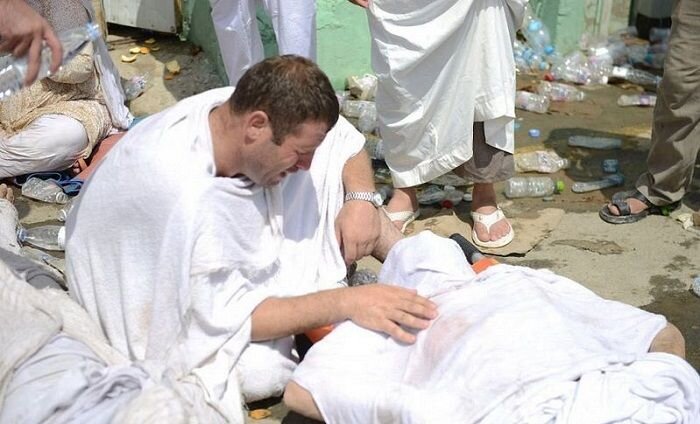A blood money that is beyond calculation

TEHRAN - Four years ago, in September 2015, the sweetness of Eid al-Adha (Eid Qurban) was turned into bitterness for Muslims all around the world, especially in Iran. The news was shocking, more than three thousand Muslims had died or got injured over the annual Hajj pilgrimage in Mina, Mecca, Saudi Arabia.
The news first came on September 24th, leaving Muslims in an unbelievable agony and pain. According to the reports from Saudi Arabia, “on the way to the Stoning of the Devil ritual, there were two major overcrowdings in two points that caused a stampede over which many pilgrims from different countries were crushed.”
At the time, the Director of Iranian Hajj and Pilgrimage Organization announced that “there are still no reports about the exact number of the victims and their identities, so we don’t know if they include Iranian pilgrims or not.” However, it was soon revealed that there were many Iranians among the victims, and the numbers kept rising every day.
The severe shock that followed the incident and the distress of people who were waiting to hear from their close ones, created a great sorrow, so at first it was temporality forgotten to hold the officials in Mecca responsible and call on them for answers. However, on the very first day of the incident, the subject was clearly addressed in the message of the Leader of the Islamic Revolution Ayatollah Ali Khamenei.
In his message, the Leader said that “the Saudi government should accept that it was largely responsible for this sad incident and should take actions to compensate for it adopting a fair and honest approach. The attention must not be diverted away from the bad management and the faulty actions that led to this disaster.”
Undoubtedly, Al Saud officials who have been running the Haj Pilgrimage rituals for years now, were well aware of the overcrowding in Mina and Mount Arafat. They also knew that if there be any kind of blockage in this area, it will cause a huge disaster; however, they closed one of the main roads when the area was at busiest time and directed millions of pilgrims into a new route, without any previous notification.
The number of victims grew every day and the families were in great worry over the fate of their loved ones. The Saudi government not only did a terrible job in organizing the roads for movements of pilgrims, but it was also hugely incompetent in managing the aftermath, identifying the killed ones and taking care of the injured.
According to official records, closure of road number 204 and overcrowding on the intersection was the main reason of the incident. The statistics revealed that the largest number of victims were from Iran.
Mina disaster not only raised questions about the competency of Saudis in taking care of Kaaba, but it also took a great toll on the lives of Muslims and left a deep scar on the hearts of Muslims who mourned the loss of the poor pilgrims who died unfairly. As the Leader of the Islamic Revolution said, this disaster will never be forgotten and its blood money can never be calculated or paid.
